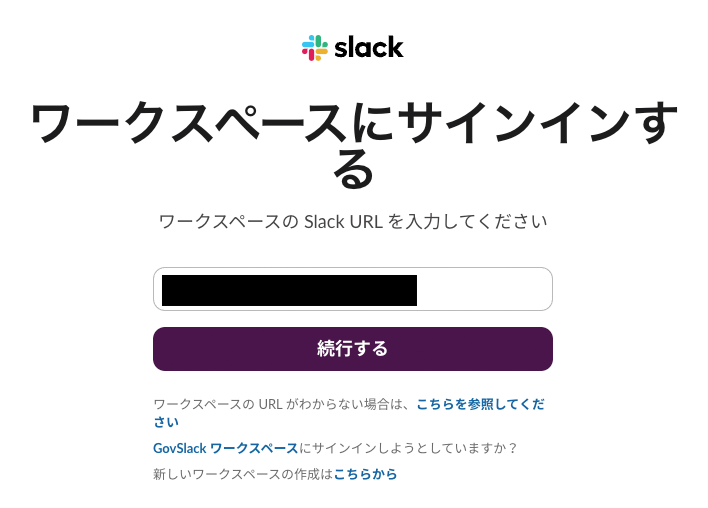Step 1: Integrate OpenWeatherMap and Slack with My Apps
Register My Apps to connect OpenWeatherMap and Slack to Yoom.
Registering My Apps first makes automation settings easier.
First, register OpenWeatherMap with My Apps.
Click "My Apps" → "New Connection" on the left side of the Yoom screen.

A list of apps and a search bar will be displayed, so use either to select OpenWeatherMap.
On the displayed screen, enter "Account Name" and "Access Token" and click "Add".

This completes the integration of OpenWeatherMap with My Apps.
Next, proceed to register Slack with My Apps.
Similarly, search for Slack from the list of apps or use the search bar.
Enter the workspace URL and click "Continue".

Click "Allow" on the following screen to complete the integration of Slack with My Apps.
If you have any questions, please refer to here.

Once both My Apps registrations are complete, OpenWeatherMap and Slack will be displayed in My Apps.
Next, let's proceed with the settings using the Flowbot template.
Log in to Yoom and click "Try it" on the banner below.














.png)


















.avif)
.avif)
.avif)
.avif)





